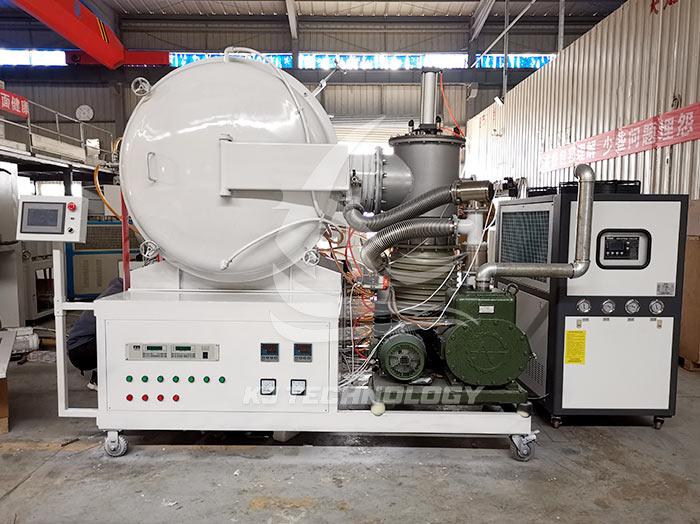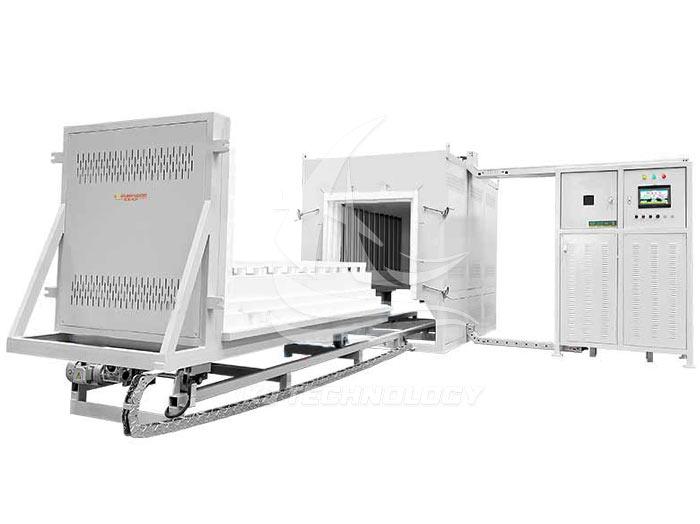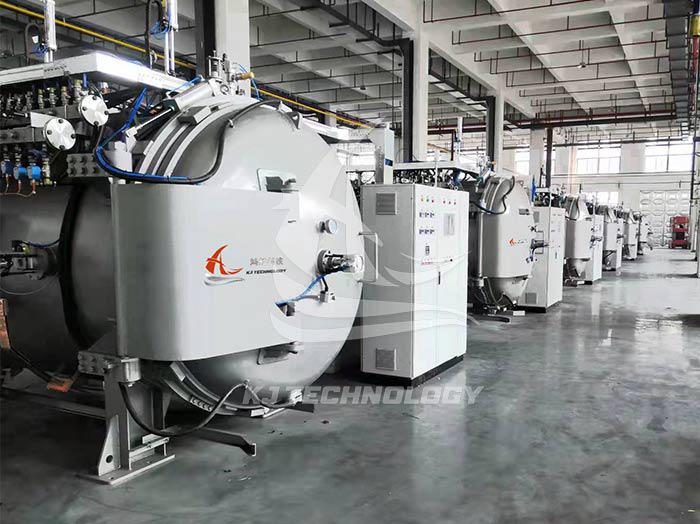What can be brazed in a high vacuum brazing electric furnace?
 10-31-2025 Author: KJ technology
10-31-2025 Author: KJ technology
High vacuum brazing electric furnace is suitable for brazing various materials, mainly including the following categories:
1. Metal materials
Aluminum and aluminum alloys
Widely used in aerospace, automotive industry and other fields, such as aircraft structural components, engine parts, automotive radiators, etc.
Typical brazing material: eutectic aluminum silicon brazing material (excellent wetting, flowability, and corrosion resistance).
Copper and copper alloys
Used for electronic devices, heat exchangers, power equipment, etc., such as circuit board connectors, air conditioning condensers.
Typical brazing materials: copper based brazing materials (with good conductivity and thermal conductivity), silver based brazing materials (with high wettability and strength).
Nickel and nickel based alloys
Suitable for high temperature or corrosive environments, such as aircraft engine blades and gas turbine components.
Typical brazing material: Nickel based brazing material (high temperature resistance, corrosion resistance).
Titanium and titanium alloys
Used in aerospace and medical fields, such as aircraft frames and artificial joints.
Typical brazing material: titanium based brazing material (anti-oxidation, corrosion-resistant).
Stainless steel and high-temperature alloys
Suitable for chemical equipment and nuclear energy industry, such as reactors and pipeline connections.
Typical brazing materials: nickel based, copper based brazing materials (high temperature strength).
Refractory metals (tungsten, molybdenum, tantalum, niobium)
Used for high-temperature electronic devices, aerospace, such as rocket nozzles, electrode materials.
Typical brazing materials: active metal brazing materials (such as titanium based and zirconium based).
2. Non metallic materials
ceramics
Suitable for electronic packaging, aerospace, such as ceramic substrates, sensor housings.
Typical brazing materials: active metal brazing materials (such as Ag Cu Ti).
graphite
Used for high-temperature industrial furnaces and semiconductor equipment, such as graphite heaters and crucibles.
Typical brazing materials: nickel based and titanium based brazing materials.
Glass and Diamond
Suitable for optical device and tool manufacturing, such as laser windows and diamond tools.
Typical brazing materials: gold based brazing materials (Au Ni, Au Sn).
3. Composite materials and heterogeneous materials
Metal ceramic composite materials
Used in aerospace and electronic devices, such as ceramic metallization packaging and thermal barrier coatings.
Typical brazing materials: active metal brazing materials (such as Ti Zr Cu Ni).
Metal metal composite materials
Suitable for connecting dissimilar materials, such as aluminum steel and copper stainless steel joints.
Typical brazing materials: silver based and copper based brazing materials (requiring intermediate layers or special processes).
4. Special application scenarios
aerospace
Engine single crystal alloy blades (transition liquid phase diffusion welding), honeycomb structure sealing ring, fuel manifold.
electronics industry
Heat treatment under high vacuum or protective atmosphere, such as microwave devices and sensor brackets.
medical device
Artificial joints and endoscope components (requiring biocompatible solder).
energy sector
Nuclear fuel cladding, solar panels (corrosion-resistant, high-temperature solder).








